There’s A Bunch Of Shoe Soles Out There
Today’s article is all about the different Types of Soles for Men’s Shoes.
The focus is on the most common types of soles that one will encounter in dress shoes and boots.
You see, there are more than just leather and rubber soles and we will talk all about them.
Let’s begin!
Leather VS Rubber Soles
Every respectable dress shoe brand will use leather or rubber soles, or a combination of both.
Each have their advantages and disadvantages which I will talk about in each section.
The main difference is that in most cases, a single leather sole will be the most formal and give a sleek appearance to the shoe.
These days however, city soles have a very nice low profile and provide a good alternative.
In the end, it all comes down to the shoe, style and use of each model.
It would rarely make sense to put a leather sole on a chunky, very casual, heavy terrain boot.
Or to put a formal black oxford on a massive commando rubber sole.
Durability, grip, appearance and comfort are some of the things you would need to consider.
1. Leather Soles
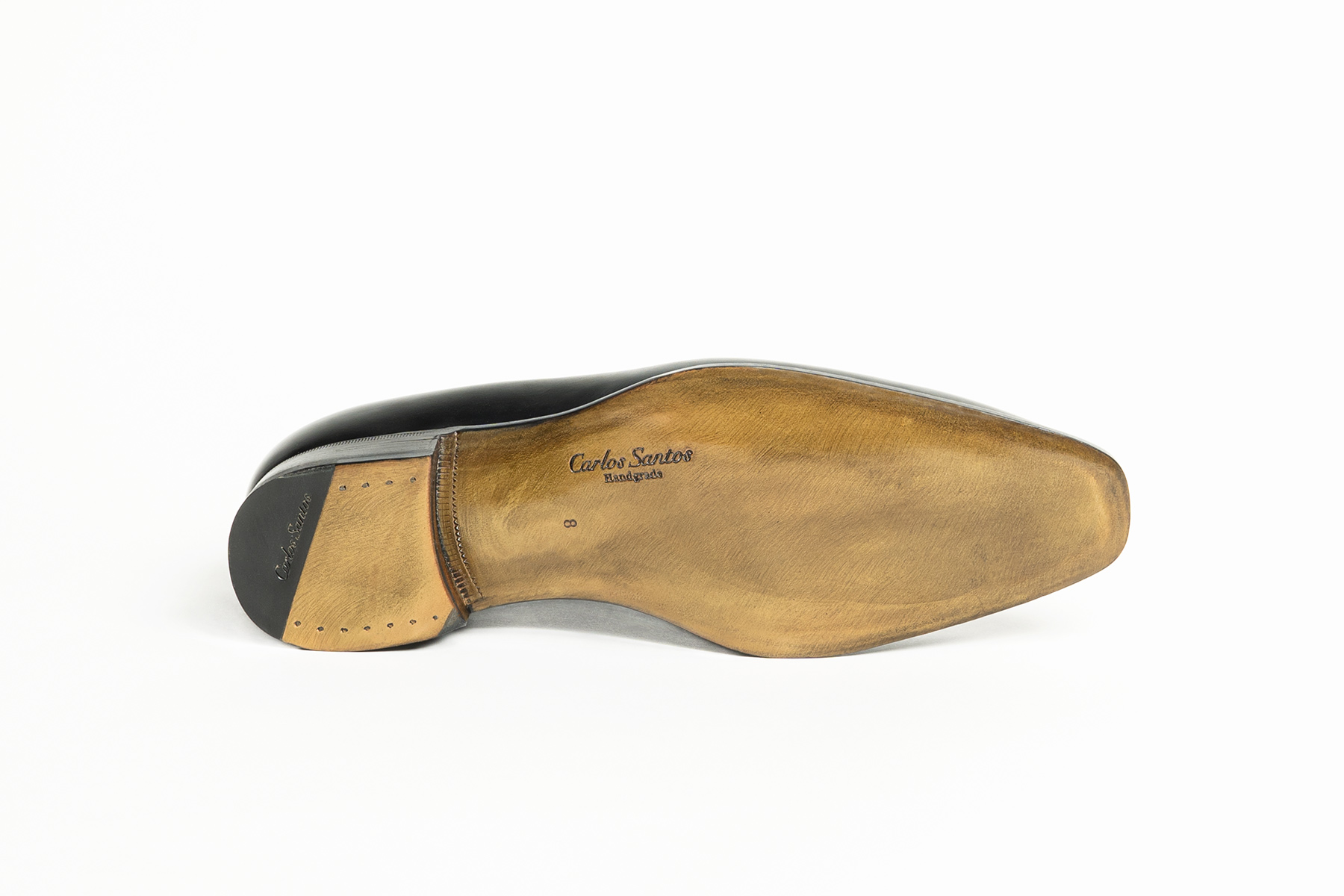


Leather soles are the most classic type of shoe soles.
You will frequently find them in formal shoes and boots and come in different forms.
Excluding the welt, the typical thickness of a leather sole is between 4.5-5.5 mm.
Depending on the construction, it can be less or more.
There are occasions where you can find double, or even triple leather soles which are more durable and for more casual shoes.
Leather soles are made from vegetable tanned leather and often oak bark tanned.
A single leather sole is lightweight, has a tapered smart profile and according to many is extremely comfortable.
On the other hand, a double version will be more durable, thicker and of course help insulate the shoe more.
The addition of midsoles is not uncommon and vegetable tanned shoulder leather is common in the industry.
Lastly, there is what we call a HAF sole which has a double leather sole on the front but only one from the waist down.
This allows for a bit of a sleeker profile at the waist of the shoe.
A common problem with leather soles is how slippery they can be, especially when they are new.
If you live in an environment with much snow and rain, it might be a better idea to go for a rubber sole.



In high end shoes, I love the amount of customization and decoration that you can put on a leather sole.
My absolute favorite has to be the embossed logo of Paolo Scafora.
2. Rubber Soles
Rubber soles are increasing in popularity and that is a combination of different things.
Due to their overall durability and improved aesthetics, it is no longer a taboo to have rubber soles even with formal shoes.
In fact, trends and style play a big role since the use of commando soles and soft square lasts is on the rise.
Lastly, due to the nature of rubber soles, they cannot really have a beveled waist and fiddleback.
There are a few different types of rubber soles and compared to their leather counterparts, deserve their own subsections.
2.1 “Dainite” Studded Rubber Soles



You will often hear people referring to most studded rubber soles as “Dainite”.
While this was the one that popularized the type and made it famous, there are different companies out there producing the same effect.
The concept is simple and of course includes a rubber sole with studs on the front part of the shoe.
Studded rubber soles are more waterproof, durable but at the same time add weight to the shoe and are also thicker.
While the original Dainite is durable enough, in my experience it is heavy and very slippery.
My favorite brand is in fact Vibram and their popular Eton style.
Grippy, durable, comfortable and my choice whenever I make such shoes in The Noble Shoe.
2.2 Commando Soles
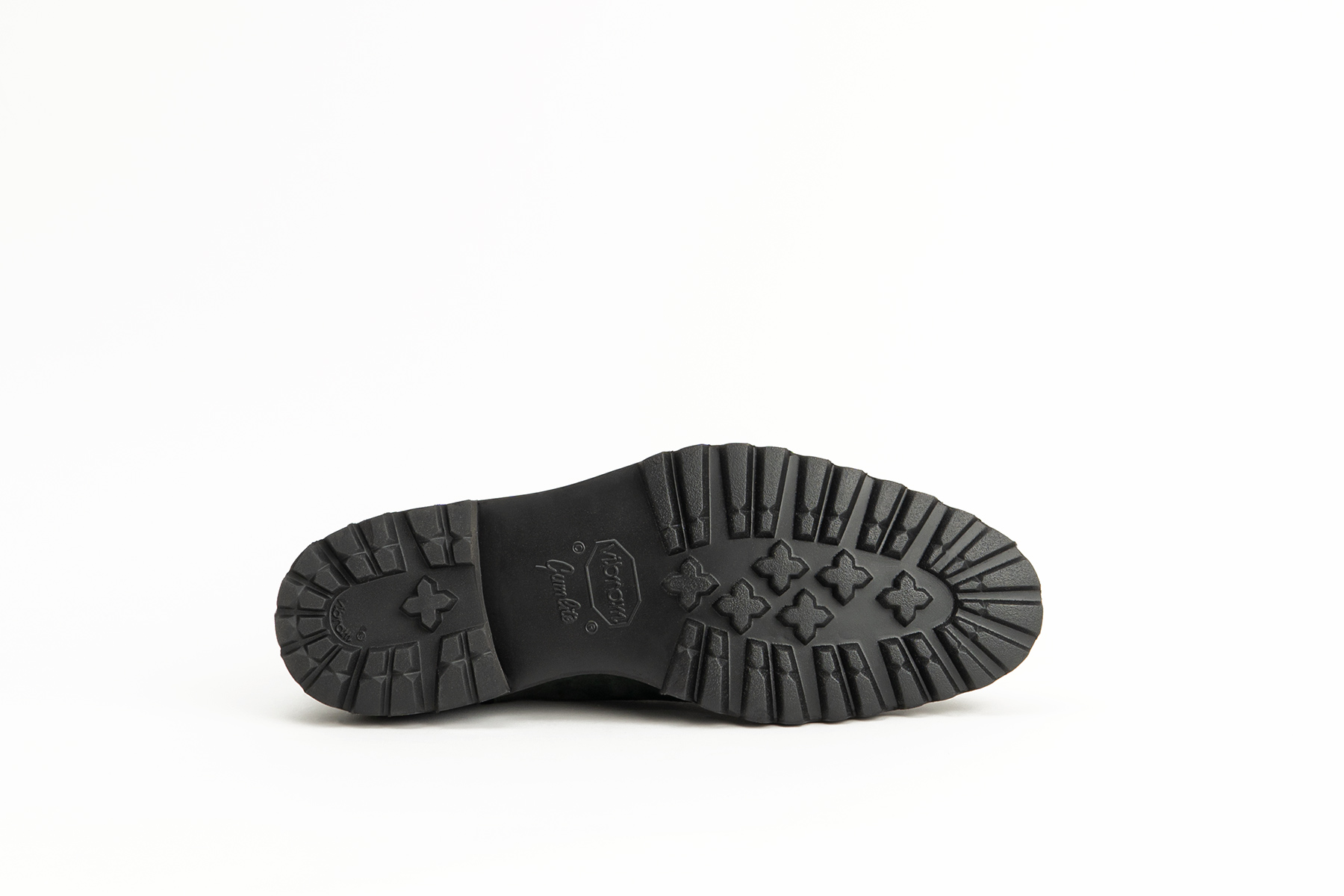


Commando soles are rising in popularity and is another general term for this style of sole.
They have some treads and medallion stars in the center to provide traction and shock absorption.
Generally these are heavier and give a rather casual heavy look to shoes.
However in modern times there is a current trend where when commando soles are applied to a tasteful last and model it can look very good.
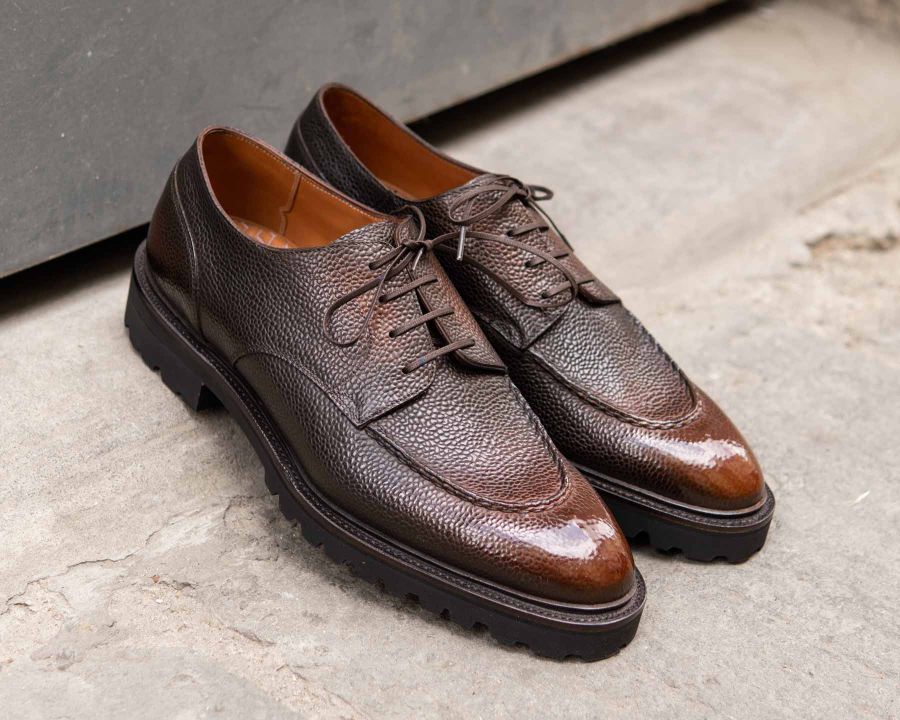

It is the most lightweight, comfortable sole I have tried and I feel supports my foot the best out of them all.
There are of course some combination soles or those that attach via cement on the midsole but the concept is the same.
Excellent for rougher terrains and rain, with my only gripe being that stones tend to accumulate in the treads.
Paolo Scafora also introduced me to a new version called Arctic Grip from Vibram specializing in wet ice environments.
2.3 Ridgeway Soles



Ridgeway is something in-between Commando and Studded soles.
Not as thick as the commando but a little more than Dainite with treads and excellent grip and rather nice profile.
It’s a lesser used alternative but I find them excellent and quite grippy without compromising the aesthetics.
They share similar properties but get less debris stuck anywhere and I think is a rather comfortable sole.
Looks best in extremely casual shoes but even better in smart boots.
I should point out there is one also called Medway which has a different pattern but I’ve never seen it in person.
2.4 City Rubber Soles
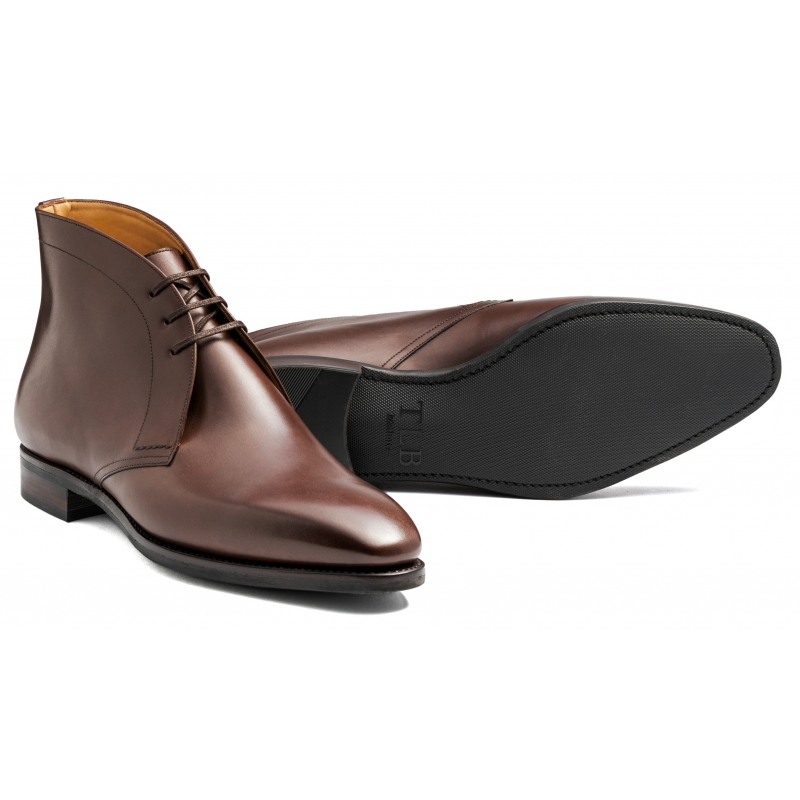


The middle ground between leather and rubber soles and one that is becoming an excellent addition to most shoes today.
It’s a type of rubber sole that mimics the leather version with very discrete ridges or markings.
This allows for a sleeker sole which can maintain the formality of the shoe.
It’s comfy, lighter and excellent for rainy environments but the grip can vary.
The best looking mid-range city sole is by far the version that TLB Mallorca offers (Picture above).



My favorite high end alternative is the diamond sole by Paolo Scafora.
2.5 Crepe Soles
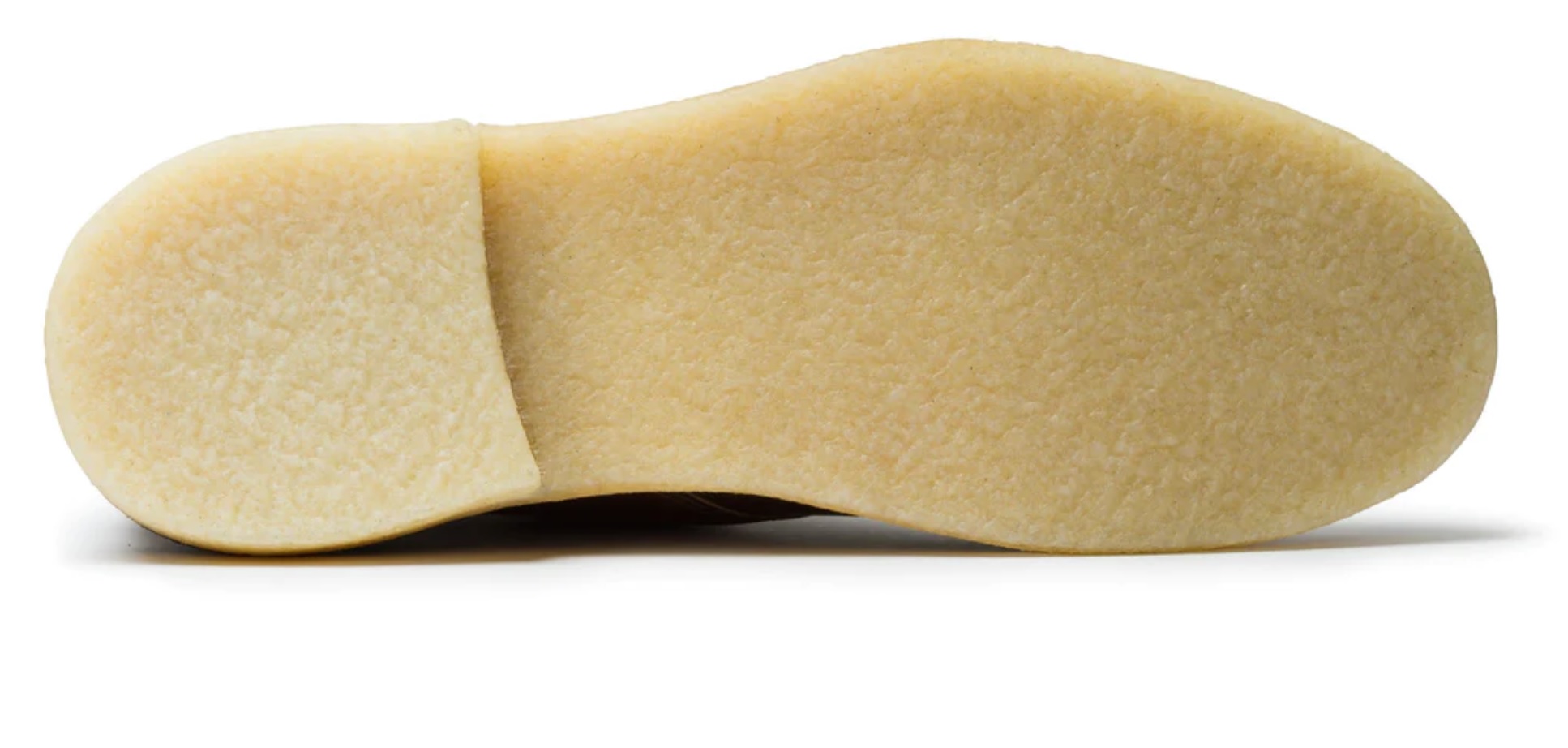


A very casual rubber sole that looks like the vanilla protein pudding I am eating.
Jokes aside, this natural rubber sole has a yellowish tint and is extremely comfortable and light with the disadvantage of quick wear.
It has a reputation of having no grip in certain terrains but not something I like to put on shoes I make.
2.6 Tyre Soles (Raw Cord)
A rarer type of rubber soles are the ones from old car tyres.
They are quite special and just like with vehicles are hard-wearing and durable.
2.7 Wedge Soles
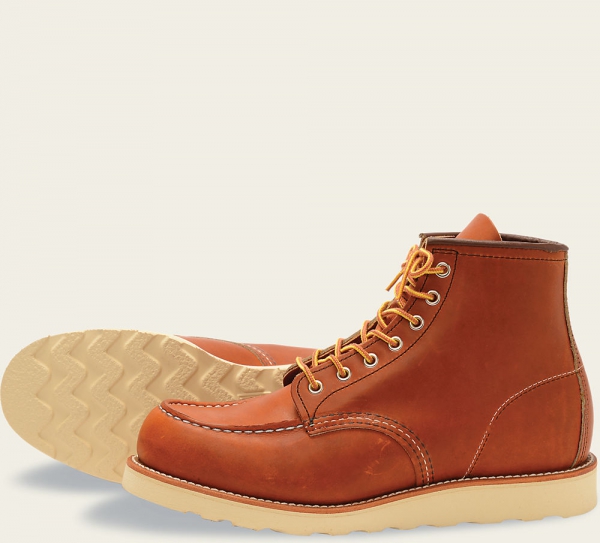


Wedge soles run the entire length of the shoe.
With a complete surface area they tend to be comfortable and their treads can give good traction.
However they are extremely casual and suitable for a very specific type of shoe which is usually boots.
Very popular on moc-toes just like Red-Wings.
3. Combination Soles
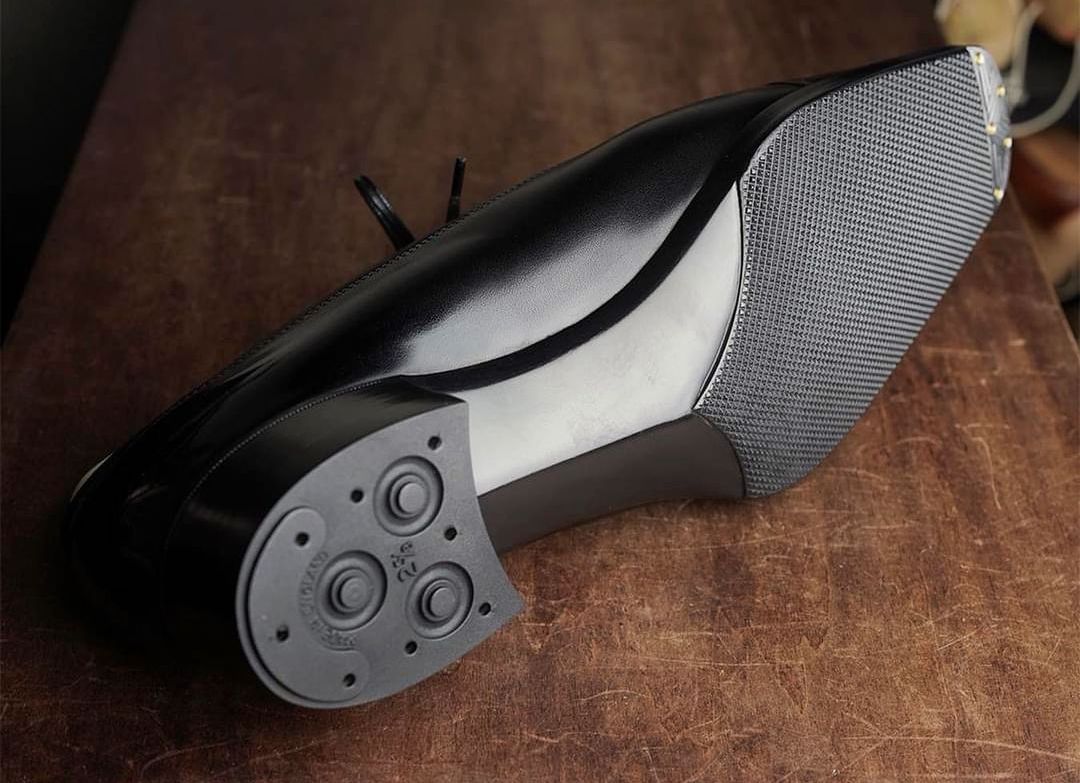


Just like with everything in life you can mix and match leather and rubber soles.
Just don’t put pineapple on pizza.
Combination soles often include the addition of a rubber topy or insert with adhesive.
These keep a slim profile (often just an additional 1.5 mm of thickness) while giving the benefits of a city sole.
Vibram makes some lovely ones that also look very good while allowing you to enjoy the leather waist.
Conclusions
It goes without saying that there are far more types of shoe soles out there.
Most of them are quite similar to one another while others might not be worth mentioning.
The above list should cover most of them and should serve as a good guide with simple terminology.
My personal favorite is a leather sole due to the potential for beaty and sculpture, but also the new style of lightweight commando soles.
I’d love to hear which is your favorite and most comfortable one in the comments down below.
I will see you next week with more reviews!
Thank you for reading,
Kostas Mandilaris,
Misiu Academy


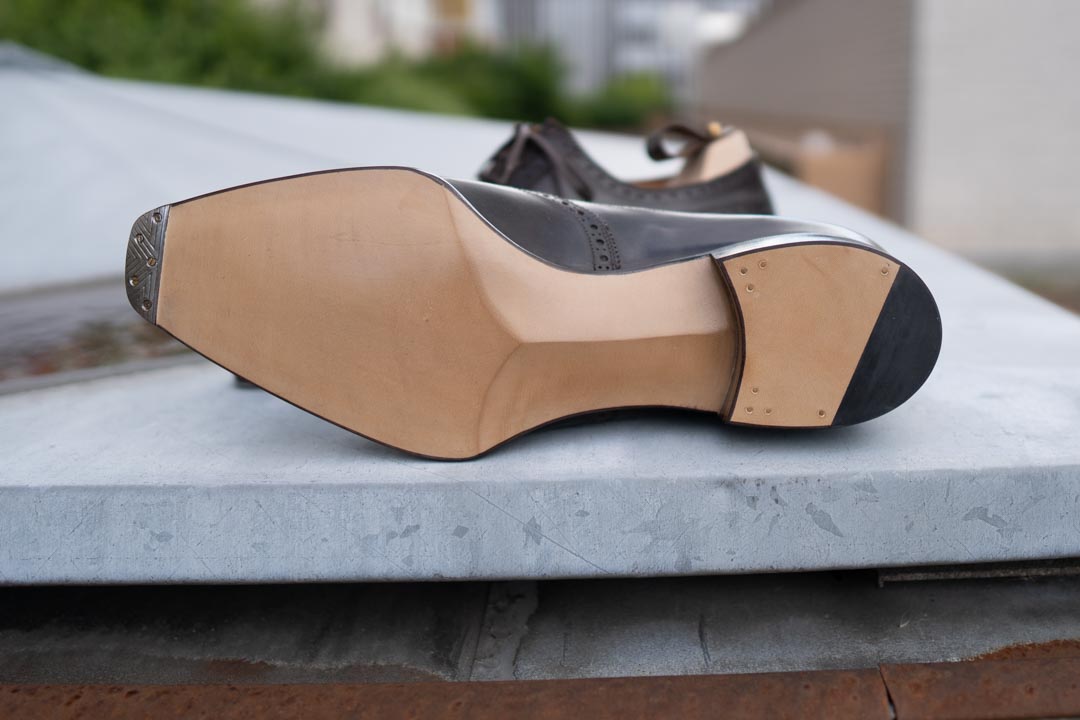

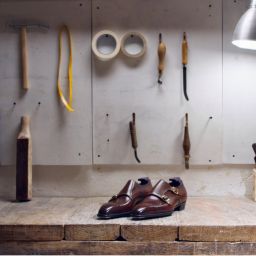



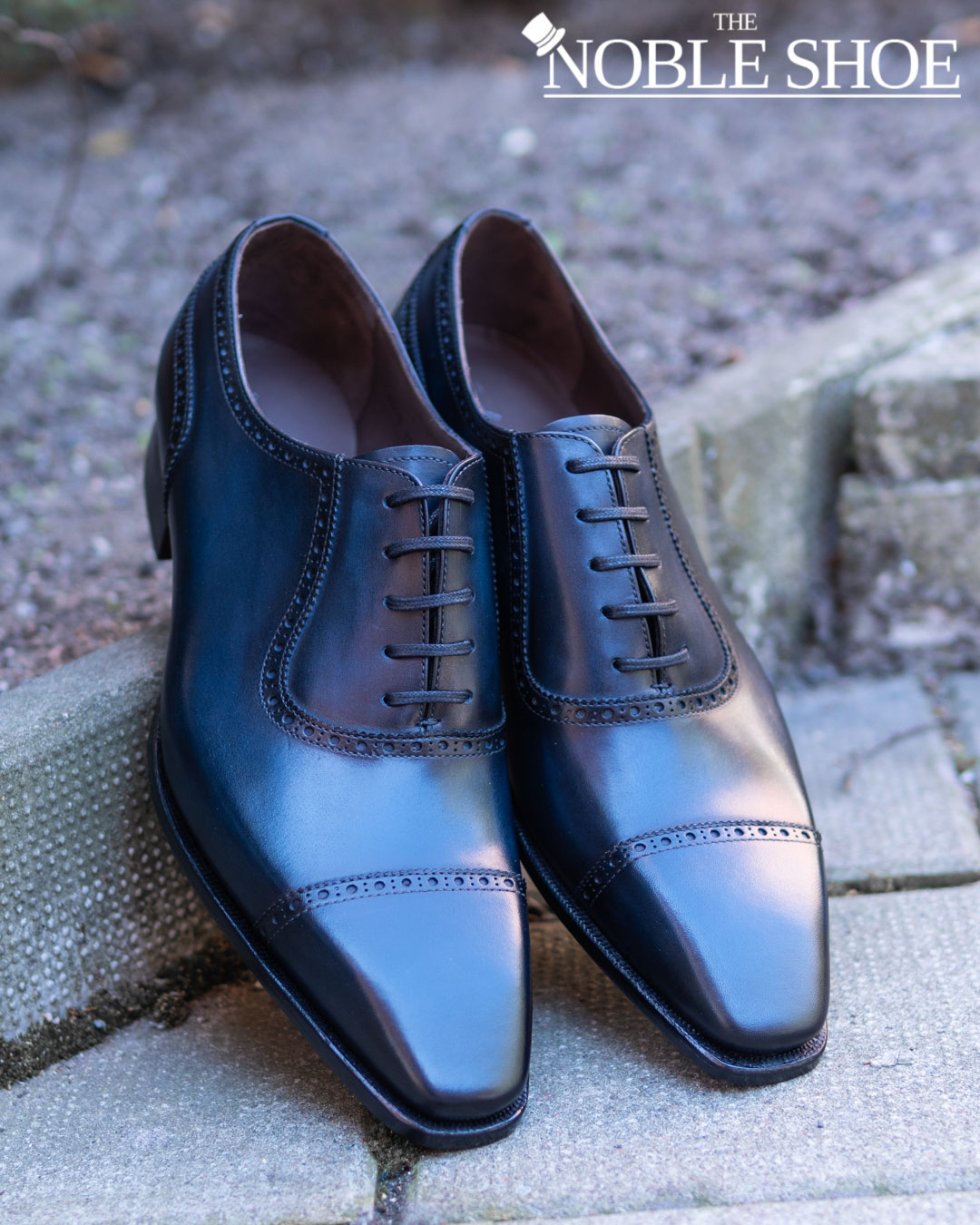
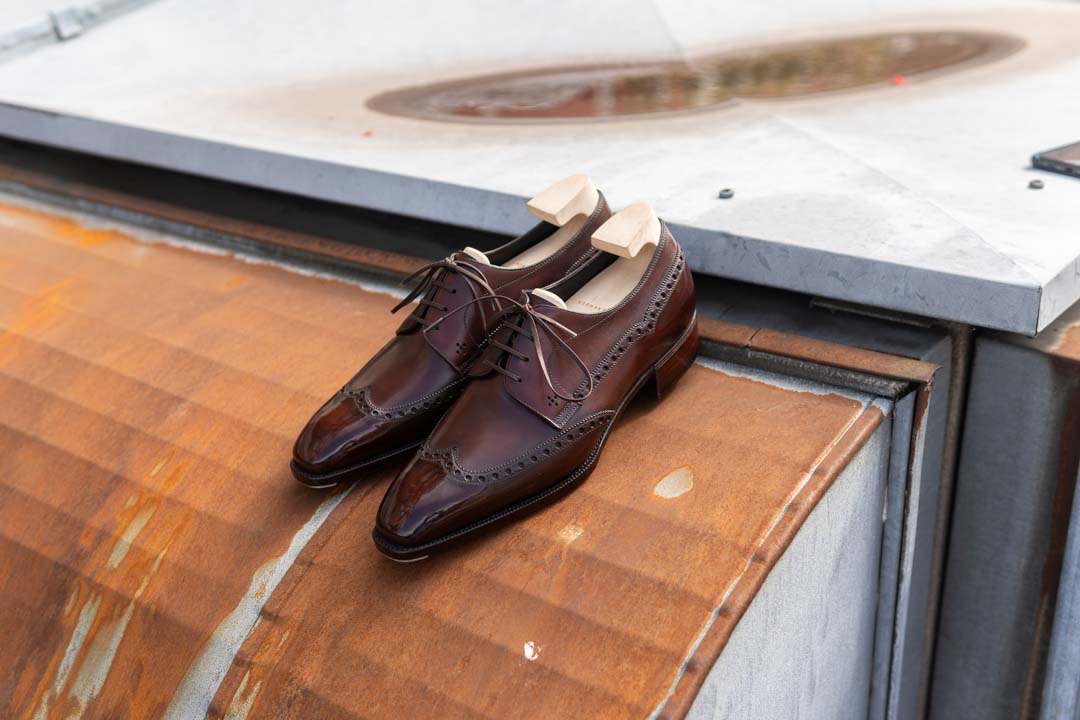


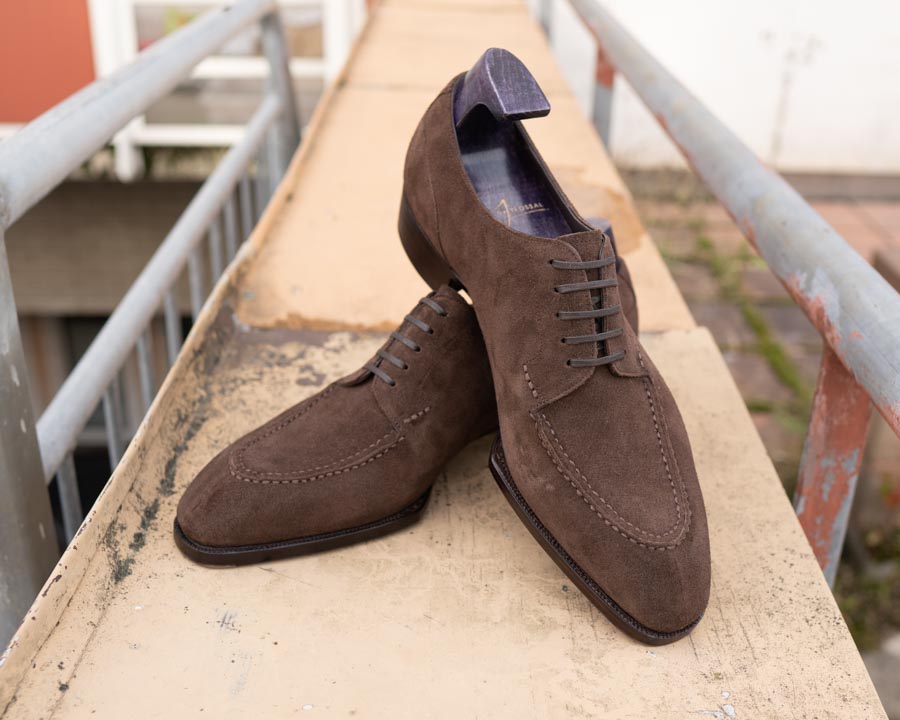
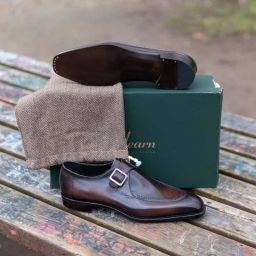
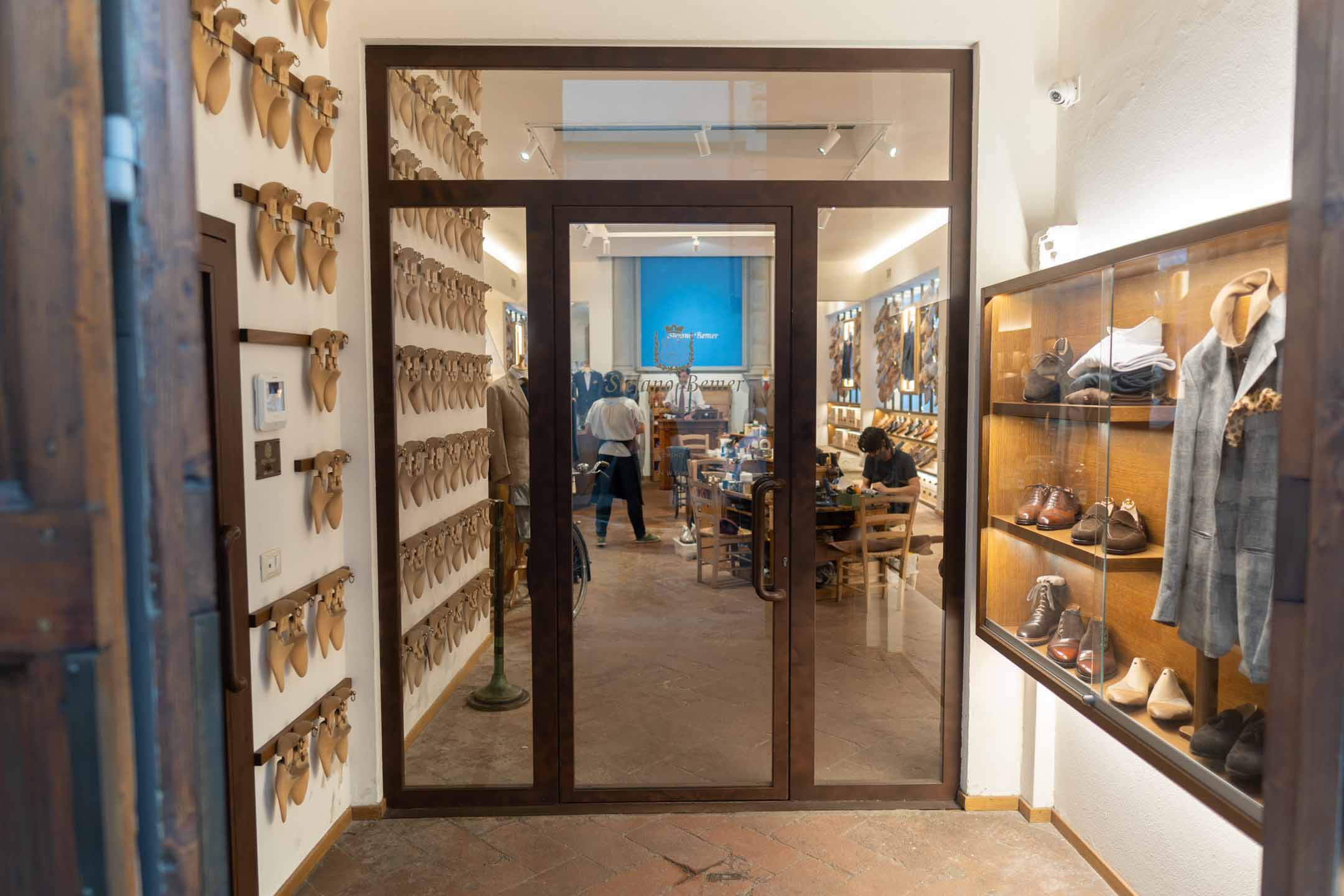

I like your blog Kostas! But sorry, I have to say, it’s a bit of a shame when you do a less good version of a recent article on Shoegazing (which I know that you read, as the rest of us shoe nerds) and call it “the ultimate guide”…
Of course I do research when I write an article, because I don’t know everything. As the owner of a shoe store however, do you think I don’t know what are the main types of soles?
When I do my research I want to get the terminology right. I did not know for example that the correct name was HAF or Medway.
Jesper is always giving me feedback when I publish something that is not correct or need adjustment.
As for the keywords, I have to game the SEO my friend.
If on the other hand you have ideas for an article that is not just a 10 minute write up, please feel free to share the idea on the comments.
I have exhausted a lot of the topics.
Good write-up. As to the invitation to offer suggestions: I recently read a lamentation from someone who was unhappy with the teacore leather on his Viberg boots. I’ve wondered if dress shoe makes ever use teacore. There might be an article/post in that idea somewhere.
Thanks Matt. Unfortunately I don’t have that much experience with this type of leather as I am not into workboots much. Some quick research shows horsehide and more distressed type of shoes, so it would not be the most ideal candidate for dress shoes. Then again, people put ostrich or pigskin on them now so there might be some applications here and there. Maybe in a bi-material, bi-color type of shoe.
[…] Materials: Teva ventured beyond traditional rubber soles, experimenting with cutting-edge materials such as EVA foam. These materials not only offered […]
[…] close attention to the stitching and quality of materials used. Reinforced stitching and sturdy rubber soles can significantly enhance their lifespan, making them worth the […]